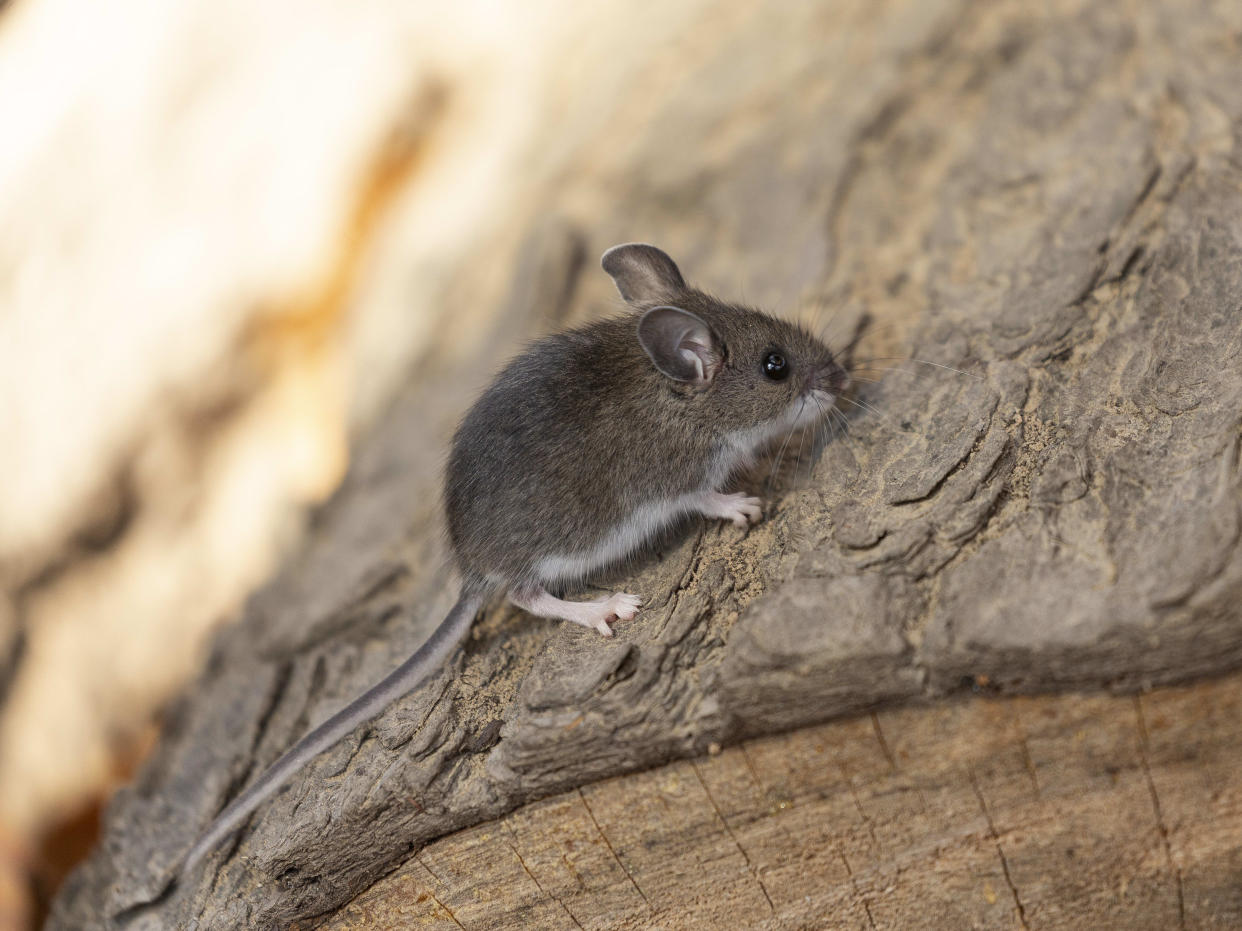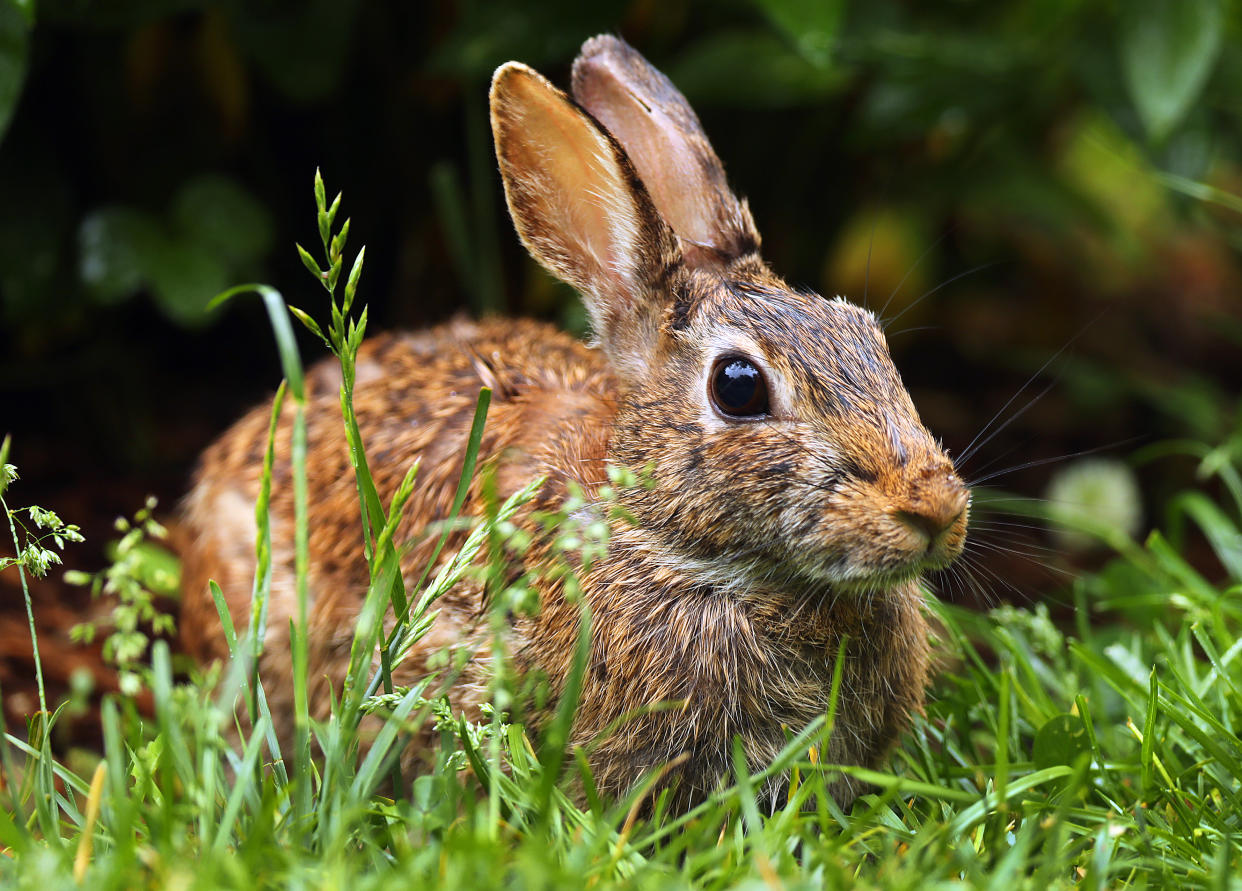COVID virus is ‘widespread’ in wildlife – here’s what that means

The virus that causes COVID-19 is now ‘widespread’ in wildlife, particularly in areas with high levels of human activity.
The virus is spreading in animals including mice, rabbits and bats in one area of the US, researchers say – and there is no reason it is not spreading in other areas.
The animals showed off variants similar to those circulating in humans, but some animals showed off previously unseen viral mutations. Researchers warn that this could lead to changes that could potentially impact human beings and their immune response to the virus – or lead to a need for new vaccines.
Carla Finkielstein, professor of biological sciences at the Fralin Biomedical Research Institute at Virginia Tech, said: “The virus can jump from humans to wildlife when we are in contact with them, like a hitchhiker switching rides to a new, more suitable host.
"The goal of the virus is to spread in order to survive. The virus aims to infect more humans, but vaccinations protect many humans. So, the virus turns to animals, adapting and mutating to thrive in the new hosts."
What did the researchers find?
SARS-CoV-2, the scientific name for the virus that causes the disease COVID-19, was found in six common wild animals in America. Antibodies showing prior exposure to the virus were found in five species, with exposure rates ranging from 40-60%.
Genetic tracking showed virus lineages which matched closely to variants circulating in humans at the time of the study, suggesting that animals are catching the virus from people.
The highest exposures to the virus were found in areas where humans were frequently found, according to the researchers.
What are the risks?
The researchers say that new mutations could arise in wildlife, and be more harmful or transmissible in humans.
This could mean that researchers would have to create new vaccines to target the newly emerged variants, the researchers warn.
The researchers called for monitoring of animals.
But the researchers say that so far there is no evidence of the virus being transmitted from animals to humans. People should not avoid wildlife out of fear of the virus.
The researchers say that more research is needed about how the virus is transmitted from humans to wildlife, how it might spread within a species, and perhaps from one species to another.
How did the research work?
The research was conducted in Virginia in the US and focused on 23 wild animals by Virginia Tech researchers.
The researchers found signs of the virus in deer mice, Virginia opossums, raccoons, groundhogs, Eastern cottontail rabbits, and Eastern red bats.

The virus isolated from one opossum showed viral mutations that were previously unreported and which could potentially impact how the virus affects humans and their immune response.
The research team collected 798 nasal and oral swabs across Virginia from animals either live-trapped in the field and released, or being treated by wildlife rehabilitation centres.
The team also obtained 126 blood samples from six species.
How do animals catch the virus?
Researchers are not certain about the means of transmission from humans to animals.
One possibility is sewage, but the Virginia Tech scientists believe rubbish and discarded food are more likely sources.
Read more: Why COVID gives some people 'brain fog' – and why variants make a difference


